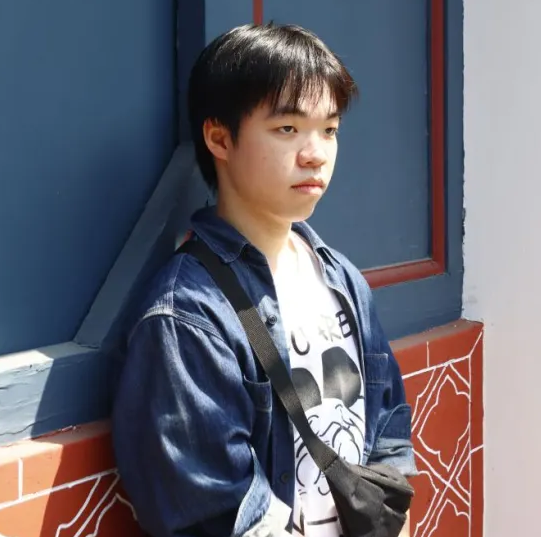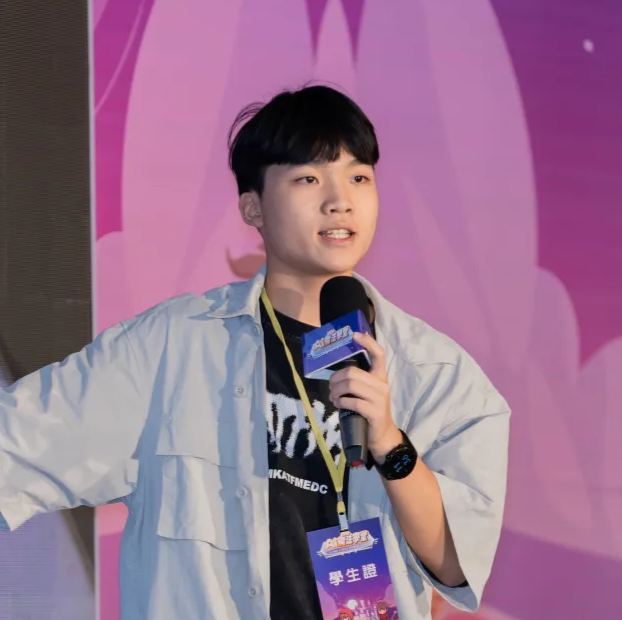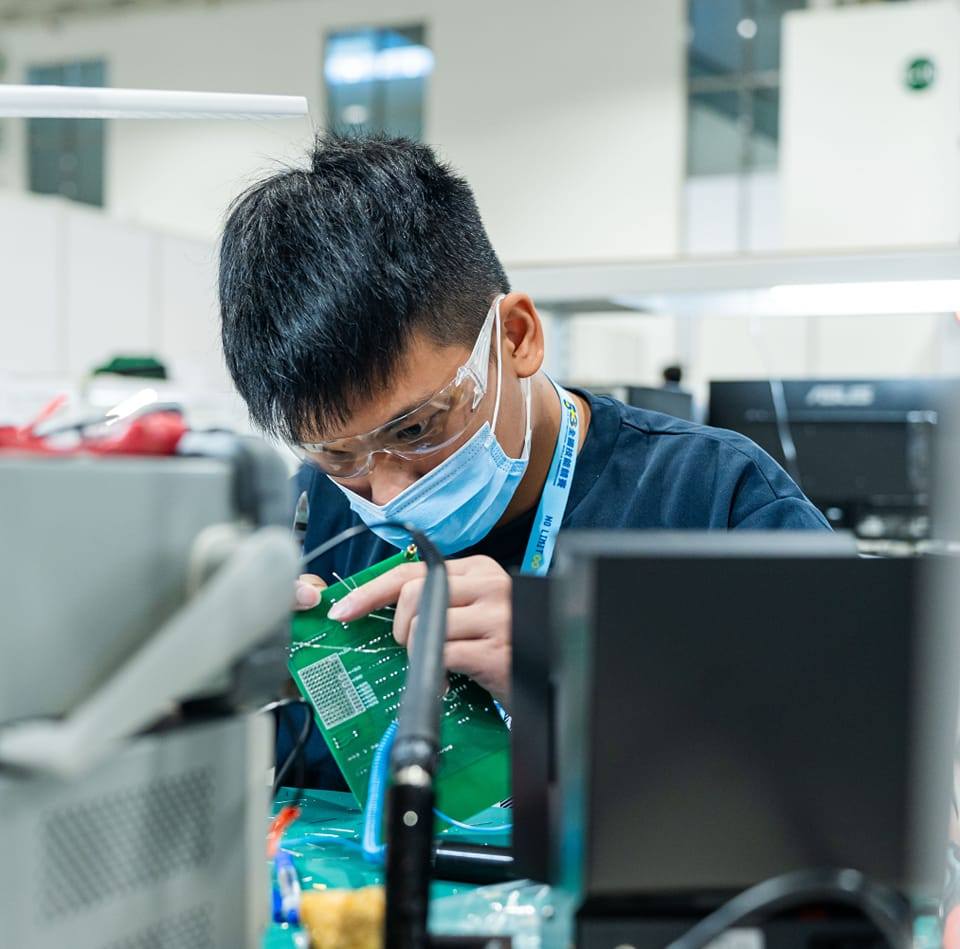Our Founders

Zhang Huan
I’m Zhang Huan, a Wenhua High School student passionate about blending technology and design. Skilled in web development and hardware implementation, proficient with ESP32 and Arduino, I’m dedicated to transforming creative ideas into interactive projects. I focus on the human warmth in technology, aiming to create memorable designs.

Xu Yijia
I’m Xu Yijia, a Xinmin High School student focused on artificial intelligence and programming. I’m currently designing intelligent AI applications for my school and proficient in advanced languages like C/C++. Guided by Benjamin Franklin’s integrity and innovative spirit, I continuously explore the boundaries of technology.

Zhang Mingjia
I’m Zhang Mingjia, a Junyi High School student skilled at turning creative ideas into practical projects. Specializing in algorithm optimization and information security, I enjoy analyzing complex problems and finding optimal solutions. I plan to combine algorithms and cybersecurity expertise to develop groundbreaking intelligent systems in the future.
